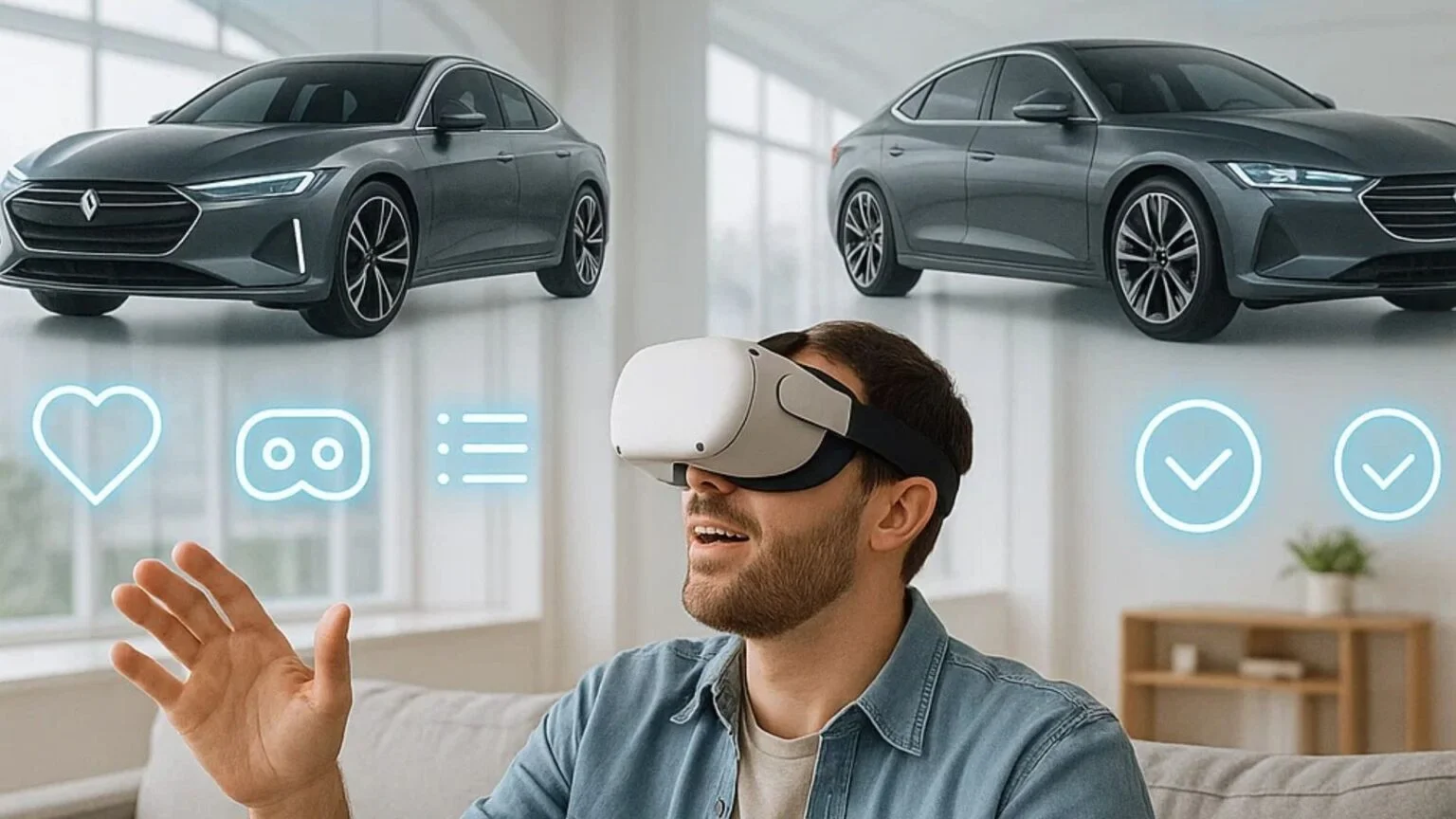
How AI Is Helping Small Dealerships Compete Like the Big Guys
How AI Is Helping Small Dealerships Compete Like the Big Guys
In today’s highly competitive automotive industry, small and independent dealerships often find themselves at a disadvantage. With limited staff, modest marketing budgets, and growing digital demands, keeping pace with large-scale competitors can seem nearly impossible. However, artificial intelligence (AI) is rapidly changing that equation—offering smart, scalable, and affordable tools that allow smaller players to punch above their weight in the digital landscape.
From enhancing vehicle listings with studio-quality photos to automating customer communication and streamlining inspection processes, AI solutions are becoming the backbone of modern dealership operations.
Introduction: The Challenge of Competing in the Automotive Sector
For small dealerships, competing against major automotive groups involves tackling multiple challenges simultaneously:
While larger dealerships often have dedicated teams for photography, advertising, and CRM, small businesses must do more with less. This is where AI offers a strategic advantage—automating labor-intensive tasks, enhancing digital presentation, and providing actionable insights without requiring a large team or technical expertise.
AI as a Game-Changer: What Makes It So Valuable?
The true value of AI lies in its versatility and scalability. Here’s how small dealerships are harnessing AI:
These technologies are not only efficient but accessible—many are plug-and-play, with affordable subscription models tailored to small and mid-sized businesses.

Harnessing AI for Enhanced Car Listings
AI-Powered Photo Editing
One of the primary ways AI is revolutionizing small dealerships is through advanced photo editing software. Platforms like Car Studio AI provide tools that automatically enhance vehicle images, adding shadows, removing backgrounds, and integrating logos. This not only saves time but also ensures that all vehicle listings are visually appealing and consistent, a key factor in attracting online buyers.
Virtual Car Showrooms
AI technology enables the creation of virtual car showrooms, allowing customers to explore vehicles from the comfort of their homes. This is particularly beneficial for small dealerships that may not have the physical space to showcase all their inventory.
AI-Driven Customer Interaction and Insights
Chatbots and Customer Service
AI-driven chatbots can handle initial customer inquiries, schedule appointments, and provide information on vehicles 24/7. This frees up staff to focus on in-person customer interactions and sales.
Predictive Analytics
AI tools analyze customer data and market trends to predict which vehicles will be most popular. This helps small dealerships manage their inventory more effectively, reducing the risk of overstocking unpopular models.
Overcoming Challenges with AI

Despite its benefits, integrating AI into small dealership operations can present challenges, such as the initial setup cost and the need for staff training. However, the long-term efficiency gains and potential revenue growth make this a worthwhile investment.
Conclusion: Embracing AI for Competitive Advantage
For small dealerships, AI is not just a tool for keeping up with the big players—it’s a strategic asset that can drive growth and innovation. By adopting AI-driven solutions, small dealerships can enhance their marketing efforts, improve operational efficiency, and deliver superior customer experiences. The future of competitive advantage in the automotive sector lies in leveraging technology, and for small dealerships, the time to act is now.
Explore how AI can transform your dealership by visiting Car Studio AI. Embrace the future of automotive sales and level the playing field against the big players.
FAQ Section
1. What is an AI Car Show?
An AI car show is a virtual experience that allows users to explore car models interactively through artificial intelligence. Instead of visiting a physical showroom, potential buyers can view high-quality, AI-enhanced visuals, rotate models, zoom in on specific features, and even personalize colors or trims—all from the comfort of their homes. This digital transformation not only increases accessibility but also keeps customers engaged longer and helps dealerships showcase more inventory without physical space limitations.
2. How Does AI Improve Auto Inspections?
AI significantly enhances the vehicle inspection process by automating damage and defect detection. Using computer vision and machine learning algorithms, AI can analyze images of vehicles—captured through smartphones or inspection cameras—and identify scratches, dents, paint issues, or structural anomalies in seconds. This reduces human error, speeds up turnaround times, and provides consistent, objective reporting. Dealerships and rental companies use this technology to streamline inspections at scale and improve customer trust.
3. Can AI Really Boost Online Sales for Small Dealerships?
Absolutely. Small dealerships often struggle to compete online due to limited resources and inconsistent digital content. AI tools can help them create high-quality listings by automatically enhancing vehicle photos, writing optimized descriptions, and personalizing offers. AI chatbots can also assist potential buyers 24/7. Together, these improvements lead to higher visibility on search engines, better customer engagement, and ultimately, more conversions—leveling the playing field with larger competitors.
4. What Are Some Affordable AI Solutions for Small Dealerships?
There are several cost-effective AI tools designed with small businesses in mind. For example, Car Studio AI offers tailored packages that provide studio-quality photo editing, license plate anonymization, background replacement, and even integration with sales platforms—without the need for expensive equipment or software. These solutions are often subscription-based, allowing small dealerships to scale their usage as they grow, without upfront investment risks.
5. How Does AI Impact the Customer Buying Experience?
These improvements make the process more intuitive, engaging, and customer-centric—resulting in higher satisfaction and better retention rates.
